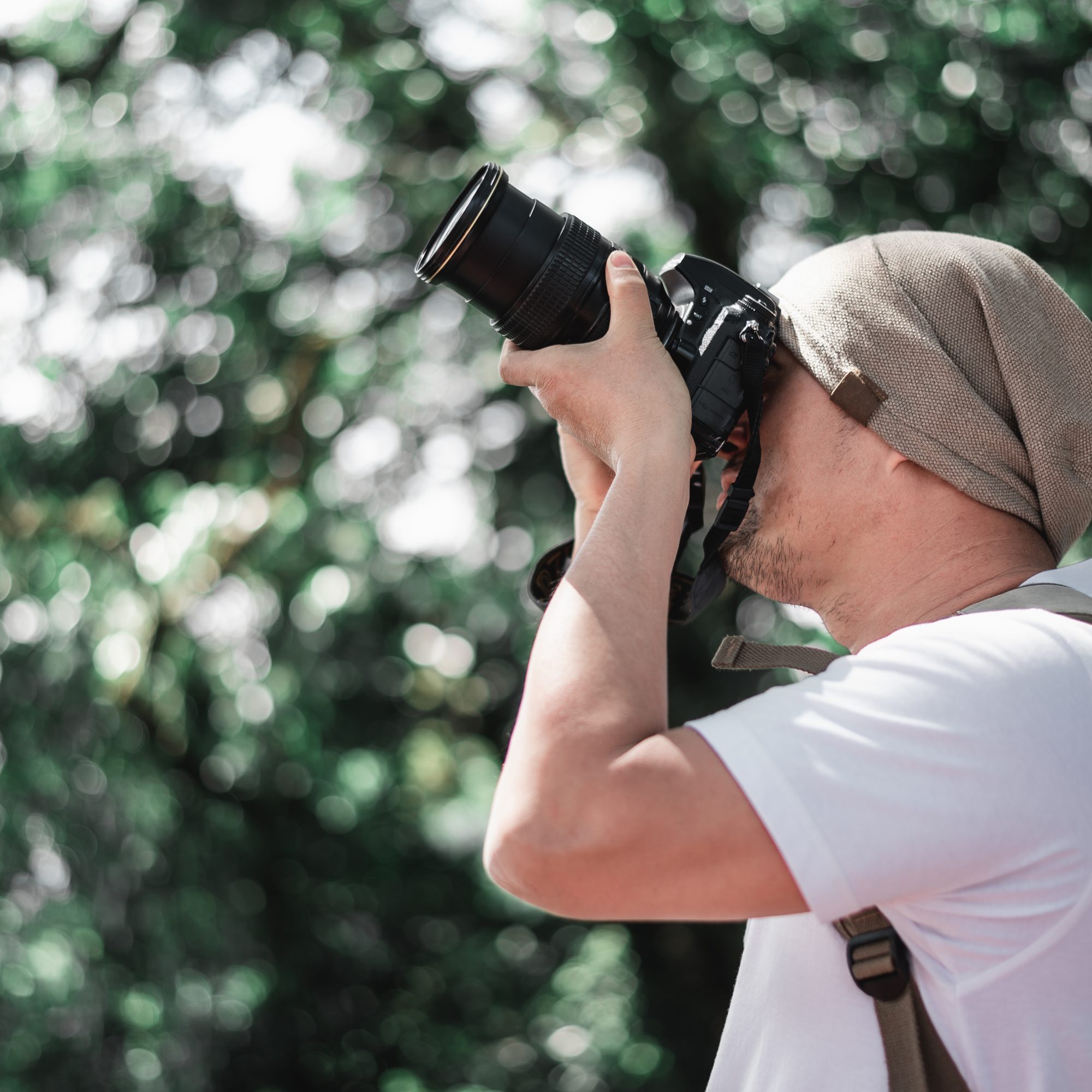It was a crisp autumn morning when I found myself wandering the cobblestone streets of an ancient city. Camera in hand, I was capturing life unfurling as it does every day – vendors setting up shop, children rushing to school, and the golden light caressing age-old buildings. Amidst the shutter clicks, a question loomed in my mind: am I portraying these moments as they truly are, or am I crafting an altered narrative?
The world of photography holds a powerful mirror to society, often reflecting back the truths we choose to see. But have you ever stopped to ponder on the authenticity of the stories behind the images? Consider this – a staggering 42% of Americans believe that images in the media are always or often manipulated, casting a shadow of doubt on the credibility of visual journalism.
As photographers, we juggle the responsibility of truthful storytelling with the artistry of our craft. But where do we draw the line between creative expression and factual distortion? This delicate balance is the crux of ethical photographic practices, a topic that seeps into every aspect of our work, from cultural sensitivity photography to obtaining model consent and editing with integrity.
Between Artistry and Authenticity
Let’s take a moment and imagine a scene: a photographer edits a photo to remove a stray soda can that mars an otherwise pristine beach landscape. Harmless, one might argue, for the essence of the scene remains untouched. But then, what if the editing extends to altering the complexion of a model, or the crowd density at a protest? Suddenly, the waters of ethics become murkier.
These are not just hypothetical situations; they are real decisions that photographers make every day. In the pursuit of visual perfection, the line between enhancing a photograph and deceiving the viewer can become blurred. It’s a tightrope walk over a canyon of ethical dilemmas. Do we, as photographers, have the license to adjust reality to fit our vision? Or must we adhere to the rigid framework of journalistic integrity, presenting the world only as it is, warts and all?
It’s a debate that’s as old as photography itself, but one that has taken on new dimensions in the digital age. With the power of software at our fingertips, the potential for creative liberty (or overstep) is immense. And yet, isn’t it the unvarnished truth that often speaks the loudest, resonating with the authenticity that viewers crave?
Navigating the Ethical Landscape
Photography, as a visual language, communicates in nuances and subtleties, leaving much to personal interpretation. The photographer’s intent and the viewer’s perception often engage in a silent dialogue, each questioning the other’s perspective. When a photo purports to represent reality, it carries a weight of trust that must be honored. This commitment to truth is what separates ethical reporting from mere illusion.
As storytellers of the visual world, we must ask ourselves if our work contributes to a greater understanding or muddles the truth. The pursuit of authenticity should not cage our creativity but rather guide it along a path of ethical clarity. There are no absolute answers, only the choices we make that reflect our values and respect for the subjects we capture.
In conclusion, the essence of ethical photography lies in balance – a harmony between the truthful depiction of reality and the artistic vision of the photographer. It’s about making informed choices that align with a code of integrity. Let us wield our cameras not as tools to bend reality, but as instruments to reveal it, fostering a legacy of trust with our audience. So, I leave you with a question: will your lens reflect the world as it is, or as you wish it to be?


0 Comment